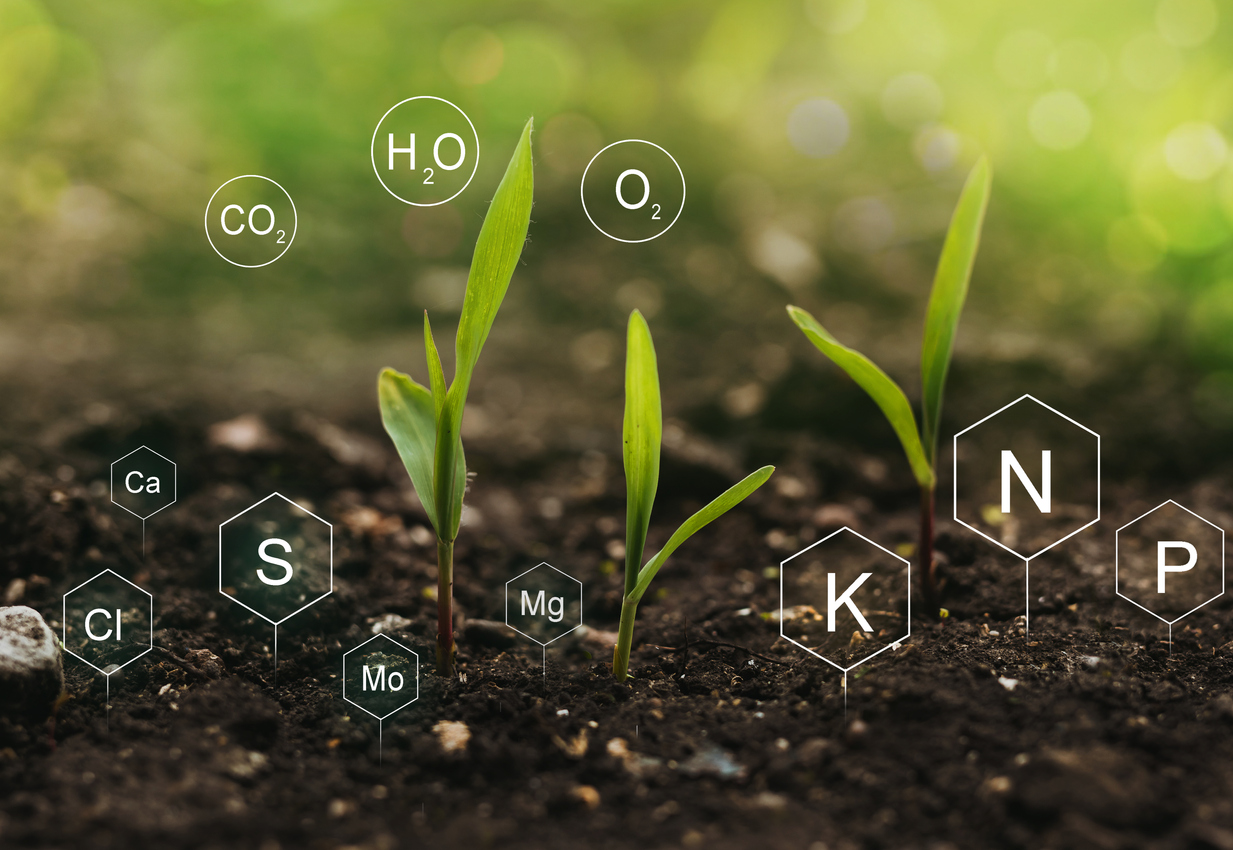Understanding Biologicals
Biologicals may be the next revolution in farming. Biologicals are natural products, either living or chemical by-products, that benefit crop production. Chemical by-products include minerals, organic materials, and plant extracts. Many snake oil type products exist on the market and it is difficult to separate out good products from bad.
Dr. Jane Fife, 3 Bar Biologics outlined the use of biologics at the Conservation Tillage Conference. A number of bio-stimulants and bio-fertilizers decrease many environmental stresses like drought, high or low temperatures, and soils with high salts. Many products also improve the plant’s ability to recycle soil nutrients and speed up biological processes.
The problem with many biologicals is that they are not highly regulated yet but bioinsecticides are regulated. A common example is Bt (Bacillus thuringiensis) which is a registered and regulated bioinsecticide. Other substances can be living or nonliving and have been harder to regulate. Most products need to be applied to the seed, roots, soil, plant tissue or foliar applied to leaves to be effective.
There are several broad categories of biological products. These include organic acids, amino acids and enzymes, plant extracts, and microbials which are living organisms. Organic acids include fulvic, humic, and humin which are carbon-based materials that feed the soil microbes and enhance plant nutrient uptake. Amino acids (proteins) are high in nitrogen and come from plant and animal sources. Amino acids tend to decrease plant stress and increase plant growth and yield. Amino acids are often converted to enzymes which are catalysts that increase a plants ability to grow and improve crop yields. Many companies are focusing on developing new enzymes for this purpose.
Other biologicals include plant extracts. Things like seaweed are known to boost plant growth because they may contain some soil or plant mineral or nutrient that is lacking. Many plant extracts include macronutrients lie nitrogen, phosphorus, and potassium; secondary nutrients like calcium, magnesium, or sulfur; or micronutrients like zinc, copper, boron, manganese, iron, nickel, cobalt, molybdenum, selenium, chromium, and iodine. Some plant extracts are complex and others are fairly simple, but they all seem to stimulate microbial and plant growth.
The least understood and the greatest potential may exist in the living microbial biologicals. In teaspoon of soil, there are more microbes (60 billion) than there are people living on Earth. There are millions of species of microbes yet to be discovered. Living biologicals include inoculants and plant growth promoting bacteria. Some fix nitrogen (N) while others solubilize phosphorus (P). The biological product Pivot® and Source® are examples of living biologicals. Plants and microbes often get lazy once N becomes adequate. Pivot® creates a situation where N continues to be fixed longer and it becomes a cheap source of extra N for the plant. Some biologicals produce organic acids that decrease the pH and free up P. Phosphorus (P) is hard to obtain for many plants. Mycorrhizae fungi are another living microbe that makes P plant available, moving 6X more P to the plant than the plant can alone.
Other living biologicals simply increase root growth and root mass (weight) by producing growth hormones. When looking at microbes, farmers need to find products that have a high colonizing forming unit (CFU). Dr. Fife recommends getting at least 1 million CFU for each microbe (106). The higher the number the better. You want a product that has high concentration (CFU’s) and is alive or highly viable if using microbials. These living microbes are often put out in a new environment that decreases their number quickly which may decrease the effectiveness of the product.
Farmers should consider where to use biologicals. Many biologicals focus on fixing N, solubilizing P, or helping with drought stress. Make sure you understand the product and use it where you can get the most out of it. When you first try a new product, pick several zones and try it on smaller plots before doing the whole field. It may take 2-3 years to see any results, so be patient. If conditions are excellent, you may only need to use a product for a couple of years until the microbes colonize your soils.
Finally, consider your application method. Some are liquid and others are dry formulations. Seed applications work better than 2X2 or furrow applications and should be use the same day seed is planted. Do not let the seed dry out, set in the tank, or be exposed to hot temperatures and the sun too long if using a live biological. Also keep the salt index below 20 in the tank. Biologicals are now becoming mainstream but require some knowledge in order to use them effectively.
